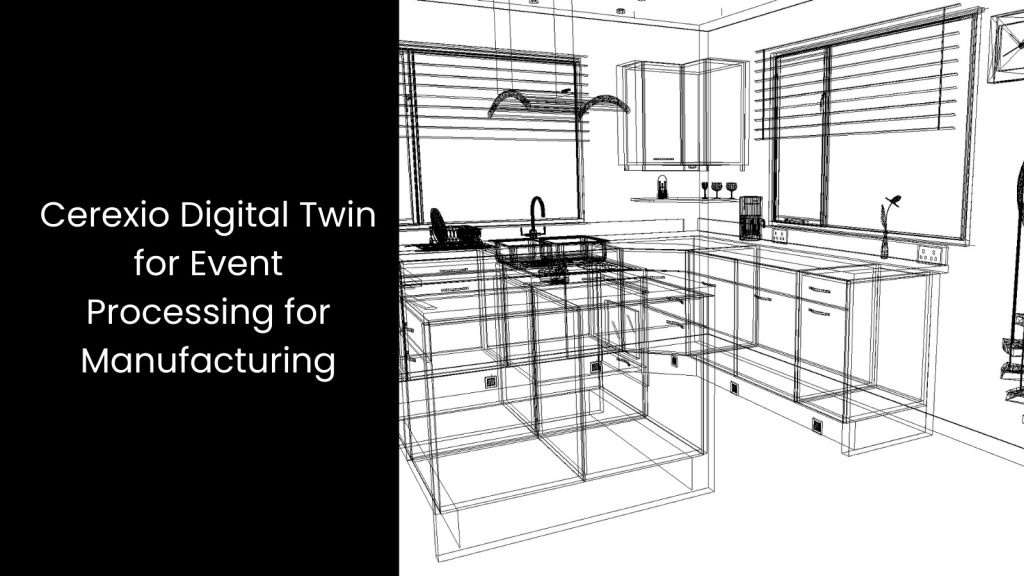This article will act as a guide for you to understand how this innovative concept is reshaping the manufacturing landscape, driving efficiency, and safeguarding against costly disruptions.
What is Manufacturing Event Processing?

- Digital event processing is the mechanism that wraps around real-time handling of events as they occur within a system that constantly monitors its environment. You know that an event is any significant action or change within an enterprise that requires attention or triggers a response. When you have event processing in place, it captures, enriches, formats, and emits these events, then routes them for further processing, sometimes combining them with other events to provide deeper insights.
- In manufacturing, event processing is a must-have for maintaining operational efficiency. It goes like this: Sensors at various points in the manufacturing process start detecting events, such as machine activity or environmental changes, and send this data to the enterprise network.
- Then what is next? As events like the start, completion, or failure of a business process occur, the system processes this information to monitor and adjust activities across the enterprise. However, you cannot see this as a simple procedure. Common operations in event processing include reading, creating, transforming, and analysing events to ensure the business runs smoothly.
- The origins of event processing trace back to active database systems and distributed event-based systems, which focused on simulation and pattern matching, eventually evolving into systems designed to build distributed applications using event-driven approaches. This is how the manufacturers get to look into what is going on with their operations from production to supply chain.
Key Benefits of Event Processing for Manufacturing

Real-Time Data Synchronisation
However, if you keep data synchronised in real-time, your operators can detect and respond to these changes instantly. Not to say that this will prevent minor issues from becoming major problems.
Further, real-time synchronisation also allows different parts of the manufacturing system, such as machines, sensors, and management software, to communicate and share information continuously. This constant flow of data keeps everyone and everything on the same page, leading to more efficient and reliable production processes.
Also, these technologies continuously update with real-time data, enabling immediate event processing and response to changing manufacturing conditions. For example, when a sensor detects a problem in a machine, the system instantly processes this event and triggers a response, such as slowing down production or scheduling maintenance. If they can process events as they happen, manufacturers can make quick decisions that keep the production line running smoothly.
This capability is especially important in complex manufacturing environments where multiple systems and processes must work together in harmony. This ability ensures that all these systems are aligned and can react to changes as soon as they occur. This not only improves efficiency but also enhances product quality, reduces downtime, and lowers operational costs. With event processing technologies, manufacturers gain the ability to stay agile and responsive.
Receiving Analysis through Predictive Analytics
When software solutions with event processing capabilities receive and process live data from various sources, they simulate different scenarios in real time. These simulations allow manufacturers to see potential outcomes before they happen, giving them the ability to address issues proactively. For example, if a machine shows signs of wear, the software can predict when it might fail, allowing maintenance to be scheduled before a breakdown occurs.
This prevents unexpected downtime, which can be costly and disruptive. Likewise, as they can analyse data from across the production line, these solutions can identify patterns that might lead to bottlenecks in the manufacturing process. Is it truly necessary to declare that addressing these bottlenecks in advance ensures that production flows smoothly and efficiently?
So, as you can see, the ability to receive and analyse data in real-time means that manufacturers can make informed decisions quickly rather than reacting after problems have already caused damage. This proactive approach not only improves the reliability and efficiency of manufacturing processes but also enhances product quality and reduces waste.
Optimising Production Workflow
It is quite obvious that in a manufacturing environment, numerous processes occur simultaneously, and any disruption or inefficiency can have a ripple effect throughout the entire production line. When it comes to event processing systems, they can continuously monitor these processes, collecting real-time data from machines, sensors, and other sources.
Since it is possible to analyse this data as events happen, the systems can quickly identify inefficiencies, such as delays, machine slowdowns, or resource shortages. This allows manufacturers to make immediate, event-driven adjustments that keep the production line running smoothly. For example, if the system detects that a machine is operating below its optimal speed, it can adjust production schedules or reallocate resources to balance the workload, preventing bottlenecks and reducing downtime.
Ultimately, this will ensure that manufacturers can meet their production targets while maintaining high standards and minimising disruptions.
Supply Chain Integration
It is visible that the supply chain is based on the flow of materials, information, and products from suppliers to production and eventually to customers. Any disruption or delay in this chain can lead to production slowdowns, increased costs, or missed deadlines. This is where the manufacturers can rely on the event processing capabilities of their digital tools in use. Using them, they can monitor and analyse data from every stage of the supply chain in real time.
They can track events that impact inventory levels, logistics, and production schedules, such as delays in material deliveries, changes in customer demand, or issues in transportation. While processing these events as they flow, the systems can quickly identify and address potential disruptions before they affect the entire production process. Imagine a shipment of raw materials is delayed. This mechanism can adjust production timelines or reorder materials from alternative suppliers to prevent delays in manufacturing.
Cerexio Digital Twin for Event Processing for Manufacturing

Since Cerexio’s software solutions have Digital Twin capabilities, it can enhance event processing for manufacturing just by creating a virtual replica of physical assets and processes. This real-time simulation enables manufacturers to monitor, analyse, and optimise production events as they occur. As it paves the way to processing live data, Cerexio’s solutions help predict equipment failures, streamline workflows, and ensure seamless supply chain integration.
Enhancing Manufacturing Procedures through Digital Twin's Event Processing Capacity

Among many other technologies that have event processing capacity, Digital Twin stands out in manufacturing while revolutionising how companies manage and optimise their operations. This technology ensures real-time data synchronisation, predictive maintenance, and improved supply chain integration, leading to more efficient, resilient, and responsive manufacturing processes.

